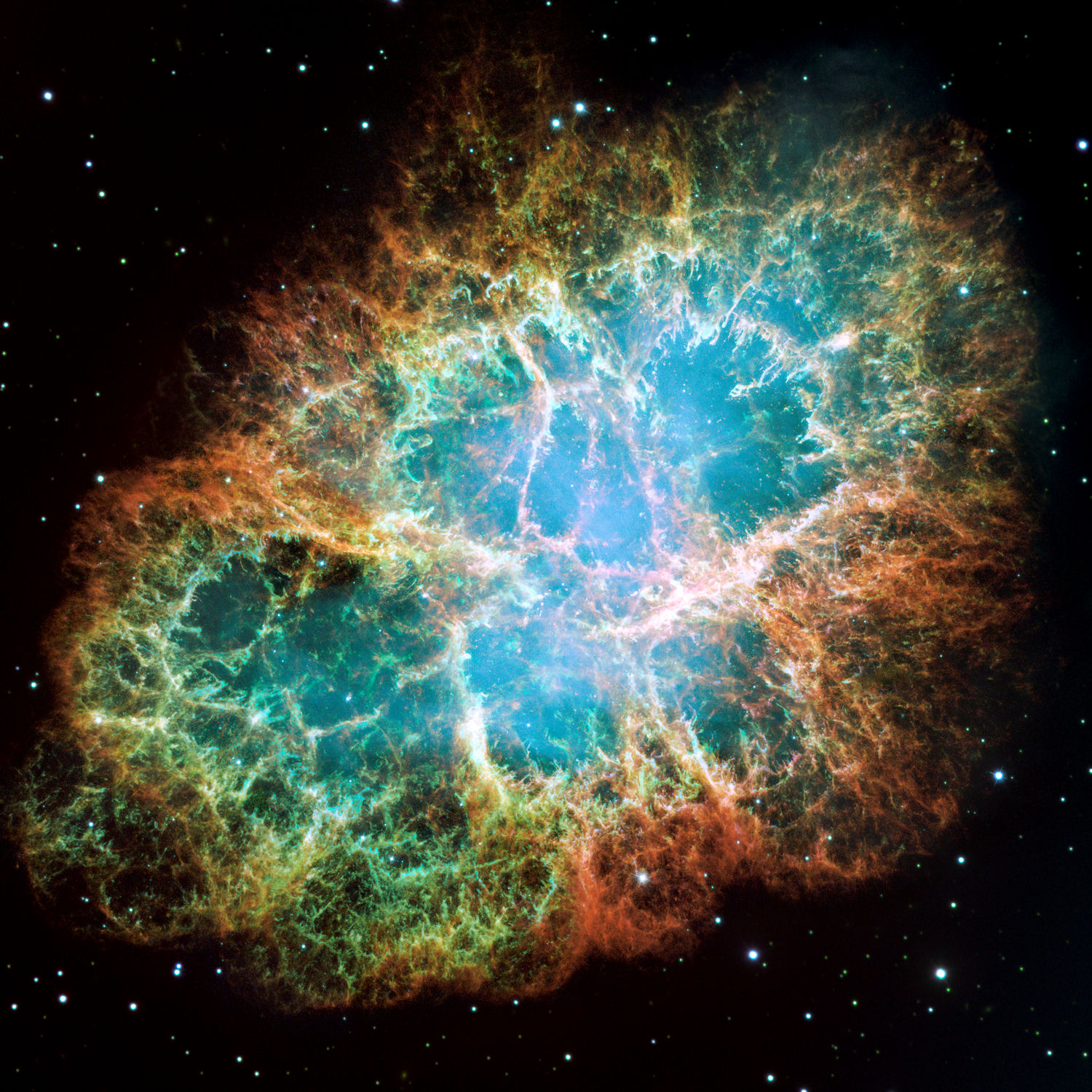Mapping of the universe
published: 08/01/18, 09:17
I think that knowing where we come from and where we are going to interest everyone. In any case, the discoveries of astrophysics have always fascinated me.
It all started with the 7 Samurai, when they announced that the universe was expanding and heading towards a single point: the big attractor.
A luminary of the time told them (roughly): "anything, your career is ruined"
Thanks to the Doppler effect applied to the light, we could record the direction and the speed of each celestial object and we put all that in big computers to get out a map in 3 D 42 billion diameter: visible universe multiplied by expansion.
The very nice Hélène Courtois explains it better than me
In image, it's even better. There are even several attractors and a foil to counterbalance all that. It is a theory that is confirmed from day to day and that needs more data to strengthen itself.
It all started with the 7 Samurai, when they announced that the universe was expanding and heading towards a single point: the big attractor.
A luminary of the time told them (roughly): "anything, your career is ruined"
Thanks to the Doppler effect applied to the light, we could record the direction and the speed of each celestial object and we put all that in big computers to get out a map in 3 D 42 billion diameter: visible universe multiplied by expansion.
The very nice Hélène Courtois explains it better than me
Explorateur in the geographical sense of the term, or rather cosmographic because thanks to its work, we know a little better where we are located in the Universe, at rather dizzying distances. Indeed, after the solar system, there is our galaxy, the Milky Way, included in a Local Group, itself included in a set of about 1 thousands of other galaxies, the supercluster of the Virgin, which is him -including, since its discovery by our guest in 2014, in an even larger superamas, named Laniakea. This discovery earned him a place in the list of 50 most influential personalities of France: https://www.franceculture.fr/emissions/ ... -du-cosmos
In image, it's even better. There are even several attractors and a foil to counterbalance all that. It is a theory that is confirmed from day to day and that needs more data to strengthen itself.

